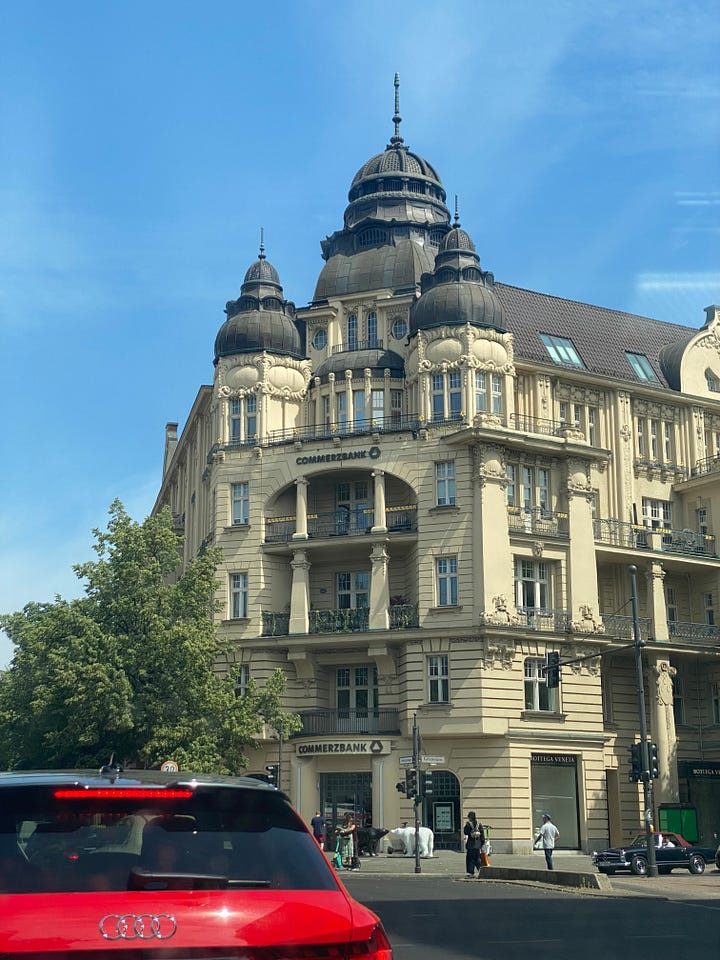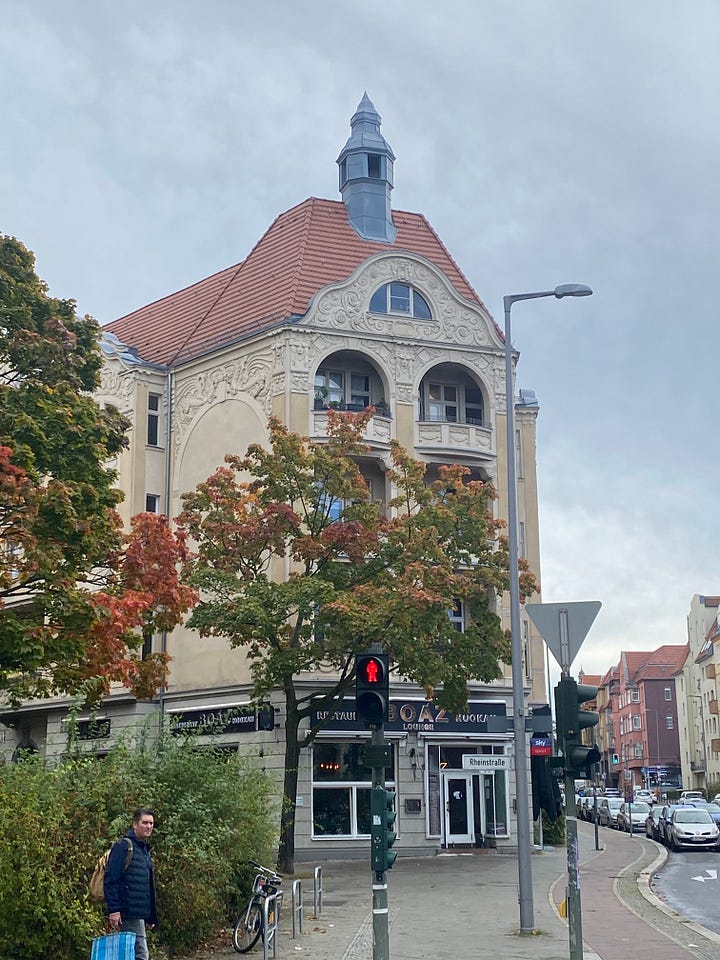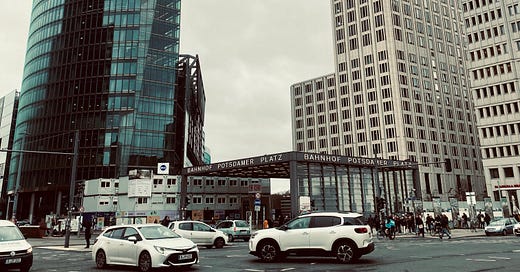Did Berlin start a global design blandemic?
Although it (thankfully) failed to impose world domination in some areas, in others, it’s been blindingly successful. Enter Berlin’s biggest export to date: blanding
Earplugs, condoms, the pixel printing press: the list of Berlin inventions is as surprising as it is impressive.
One lesser known Berlin invention is that of blanding - the art of making things more bland.
In a recent BBC radio series, British designer Thomas Heatherwick spoke about the architecture ‘blandemic’ which has turned our global cities into soulless, inhuman urban environments.
He’s right. Bland things are symptomatic of our times. As our cities become blander, everything around us seems to follow suit, from architecture, cars to redesigned 2D corporate logos from the brands and companies we’ve grown up with.
What he failed to pick up on, however, is that the origins of the current blanding epidemic can be traced back to Berlin: the city that many regard as a supposed last bastion of free thought and individualism (#lol).
To explain, we need to go back to the ruins of Berlin, 1945.
To speed up the rebuilding of the war torn city in the immediate years following the second world war, the city of Berlin gave incentives to building owners to declutter their partially destroyed facades.
In practice, this meant removing all elements of facades which could be seen as ornate or decorative, instead replacing facades with smooth, patternless surfaces. The result is that a lot of the streets look more or less the same today.
Go for a stroll today throughout Berlin’s streets on both the western and eastern parts of the now rejoined city, and you’ll see the results of blanding first hand.
Where once pretty patterns and decorations adorned the facades of Berlin’s beautiful turn of the century buildings, now the facades appear flat, boring and devoid of character. The buildings which avoided damage during the war shine today like small pieces of gold in a box full of sand.


While this may seem like an attempt to shoehorn modernist architectural policy into an overriding turn of the century aesthetic, sadly, it was just a practical decision. But it was nevertheless a decision which left a blueprint for urbanists and designers to follow the world over.
The real pièce de résistance of Berlin’s blanding obsession came shortly after the reunification with the controversial and scandal-plagued redesign of Potsdamer Platz - the hotly contested piece of no man’s land which for some reason acts as a first port of call for tourists visiting the city (I’m guilty of this too).
Architectural critics immediately panned the vapid aesthetic of the skyscrapers at Potsdamer Platz. But that’s too bad, because the same brand of facede-less bland architecture has been used as a blueprint for countless city projects everywhere from London to Dubai. A nifty by-product of our shrinking global village.
But there’s a serious problem with this kind of bland architecture which has slowly made our cities homogeneous.
Whereas buildings and facades once acted as barometers for regional culture and architectural policy, now, facades are faceless and generic - a metaphor for what’s happening to culture in general.
In this age of individualism, of the shameless flaunting of personal brands on social media platforms, it's ironic that diversities in regional design are being eliminated in favour of faceless global standards.
When we iron out the intricacies of local design, we simultaneously iron out the good things about our diverse cultural histories.
And surely this is a great loss for humanity.




